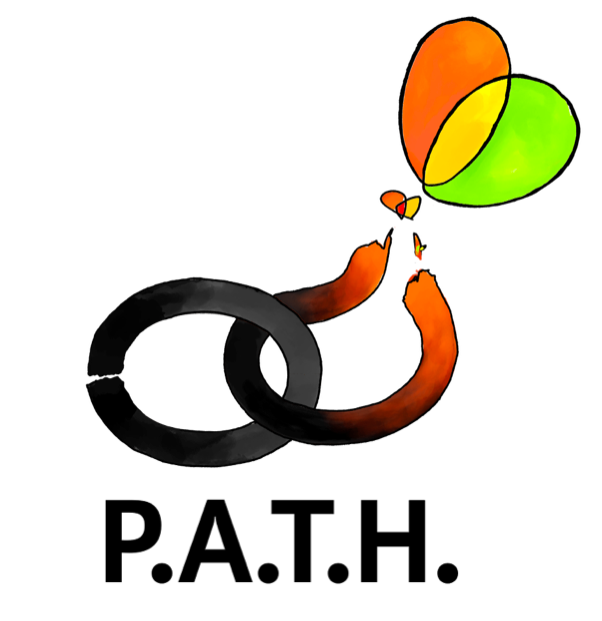Aside from numerous other accolades, the above mentioned book has been called “monumental”, “revelatory” and “deeply moving”. Well…I couldn’t agree more! I personally value Fleetwood’s book as an important immersive study into the world of art and art making in our prison systems.
I first had the privilege to meet the author (who is professor of American Studies and Art History at Rutgers University) at a lecture that she gave to a group of students on April 5th, 2018 about her soon to be published book - MARKING TIME. The presentation was held in a small upstairs classroom at Berkeley University, Berkeley CA. One of her art students – Gilberto Rivera - referred me to Ms. Fleetwood. As it so happens, Mr. Rivera was also one of many artists whose works were featured in a major PATH exhibit of incarcerated artwork the previous year.
First and foremost, let’s be honest. Prison is geared to dehumanize the incarcerated. Throughout history, we can cite many examples of dehumanization and prison is no stranger to it. Yet, despite long periods of isolation, degradation, and abuse (oftentimes completely arbitrary and unwarranted cruelties inflicted by both the criminal justice system, and on occasion prison staff - yes, it does happen!) - in both a joyless and dangerous environment, these same incarcerated individuals are compelled to assert their humanity in the face of a system that tends to dehumanize them. And, that is largely through their artwork, writing, theater and poetry.
“The impact of their art can be felt far beyond prison walls” as the author Nicole Fleetwood observes.
Visual art can take many forms: painting, drawing, printmaking, even photography and filmmaking. Art created in various mediums and pertaining to different subject matter. Whatever art is created inside the prison walls, is created out of an expression to have a voice that tells a story, shares beauty, love and pain, and ultimately validates the individual and upholds the human spirit.
“There’s no doubt that art has the power of helping (us) and I speak for myself. So, when I say art saved my life and changed it in so many ways throughout my incarceration…it is through art that I learned to cope with isolation, loneliness and all the side effects from being in the SHU (segregated/solitary housing unit); such as depression, anger and fear. I found refuge in art because art is freedom. And, for some of us, art is the only way out”. - Uvaldo Nevarez 2016; CA
If you have a passion for art (like I do) and an interest in art in the penal system, I strongly encourage and recommend that you pick up a copy of Nicole R. Fleetwood’s book!
NOTE: Image of the painting of a pelican inside a cell, is titled: “The Captive” by Gilberto Rivera; NY 2015; acrylic paints on stretched canvas. MARKING TIME makes mention of Mr. Rivera on pages 70-78. Mr. Rivera’s painting was exhibited at both Alcatraz (a pictorial and historical tribute to the history of ‘The Rock’ through original works of art and poetry by incarcerated artists from around the U.S.) and the Woodside Probation Learning Center . San Francisco. I was initially referred to Mr. Gilberto Rivera in 2014 by yet another incredibly talented (formerly incarcerated) and currently Internationally known artist – Jesse Krimes who is also mentioned in MARKING TIME (pages 76-82).
Thank you! Enjoy!
God bless!
Leslie Lakes, Dir.


